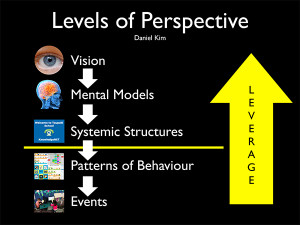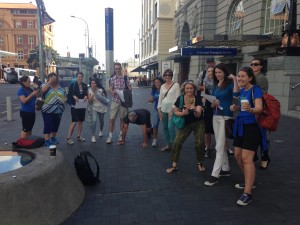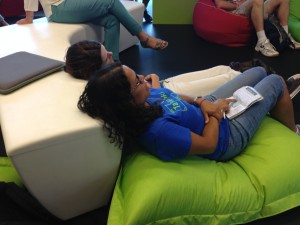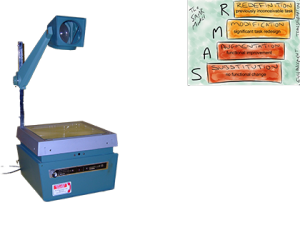Putting into practice your school vision and pedagogical goals from the first day of term
The start of the new school year brings new staff, along with numerous ideas and initiatives to try and directives and targets to meet. The challenge for leaders is to ensure that this energy, passion and wealth of new ideas align with the vision and strategic direction of the school. The key to the successful implementation of any initiative, goal or strategy is alignment. Alignment of people and resources requires deliberate acts of leadership that are centred on relationships.
Shared Development Of Mental Models
As leaders our job is to ‘keep the herd heading roughly west’ (Peters & Waterman, 1982). We must be vision focussed at all times and have a clear understanding of the ‘mental models’ that are required of ourselves and others. Mental models are defined as our values, beliefs and assumptions about the world that in turn drive our actions. Alignment is a crucial mental model in any organisation – we all know that you get further if everyone is paddling in the same direction. A leader (in the broadest sense) must focus on alignment of vision to everyday practice and this occurs well before day one of term.

Daniel Kim’s Levels of Perspective (Senge et al, 1999), provides a useful model for leaders, helping them understand how to maximise leverage by developing key mental models that play a vital role in the realisation of the school’s vision and goals.
At Taupaki we have created a vision that we aspire to, extracted core values from this vision that we live by, and set in place a development cycle that addresses the mental models necessary to live in the school of our dreams. As leaders of learning it is our collective responsibility walk the talk in our everyday interactions. The process of changing mental models takes time.
Alignment Conversations
The value of co-construction of vision, goals, targets and actions cannot be underestimated in order to generate alignment. The more people that have a hand or say in the planning phases of the school year, the greater the cohesion.
Start of year meetings need to focus on the strategic goals not administrivia! Dialogue with teachers should be alignment conversations around how they are contributing to the vision of the school and how the school will contribute to their development. These conversations are incredibly powerful in gaining insight into teacher values and beliefs as well as opportunities to coach teachers in framing an inquiry into their professional practice. We have sought to do this at Taupaki by providing adequate time and space for these conversations to happen. We have found that including teachers in the planning phases of annual targets. Our focus (target) students are identified through data analysis and then strategies are co-constructed as a staff. This fosters a mental model of achievement being a collective responsibility.
“He aha te mea nui o te ao? He tangata, he tangata, he tangata!”
What is the most important thing in the world? It is people, people, people!
Māori Whakataukī (proverb)
References
Peters, T. J. & Waterman, R. H. (1982) In search of excellence: lessons from America’s best-run companies New York: Harper and Row
Senge, P., Kleiner, A., Roberts, C., Ross, R., Roth, G., & Smith, B. (1999). The dance of change – The challenges to sustaining momentum in learning organisations: A fifth discipline resource. New York: Doubleday.








